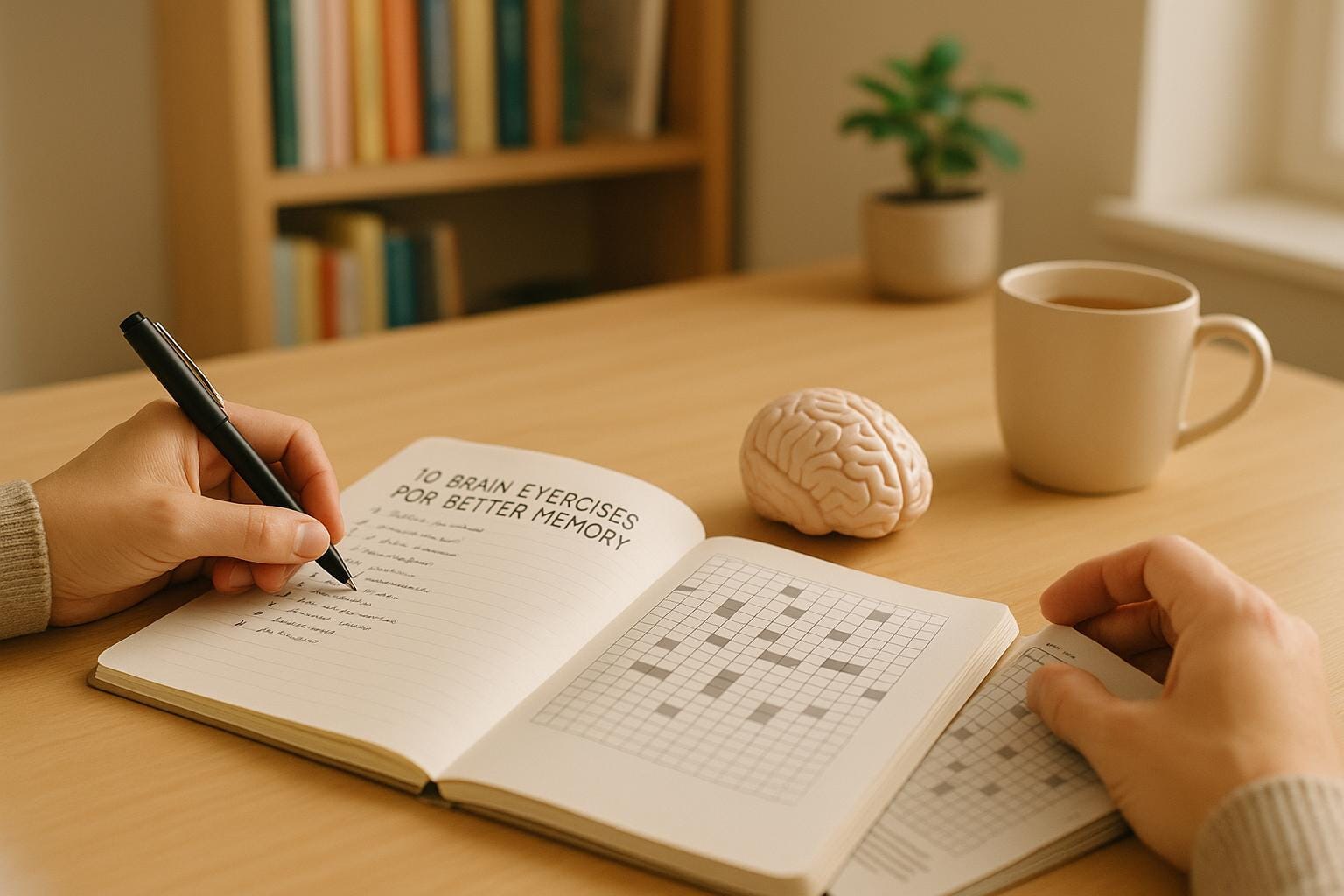Introduction
For those new to meditation, mindfulness offers an accessible and practical pathway to achieving a calmer, more balanced state of mind. This beginner’s guide explains the fundamentals of mindfulness meditation, providing step-by-step instructions and practical tips that will help you experience its significant benefits for health, happiness, and overall well-being.
What Is Mindfulness Meditation?
Mindfulness meditation involves intentionally focusing your attention on the present moment. It encourages an open, non-judgmental awareness of your thoughts, feelings, and bodily sensations, helping you observe your inner experiences with curiosity and acceptance.
The Health Benefits of Mindfulness Meditation
Stress Reduction
Regular mindfulness practice can lower cortisol levels, reducing the physiological impact of stress.
Improved Emotional Health
Studies show that mindfulness meditation alleviates symptoms of anxiety and depression, leading to a more positive mood.
Enhanced Focus and Concentration
Mindfulness improves your ability to concentrate on tasks and minimizes mind-wandering.
Better Sleep Quality
By calming the mind, mindfulness can lead to improved sleep patterns.
Increased Self-Awareness
Developing a deeper understanding of your inner experiences allows you to make more thoughtful decisions and adopt positive habits.
How to Start Your Mindfulness Meditation Practice
- Set Aside Time: Begin with 5–10 minutes daily.
- Choose a Quiet Space: Find a comfortable, distraction-free area.
- Adopt a Comfortable Posture: Sit with a straight back on a chair or cushion.
- Focus on Your Breath: Close your eyes and concentrate on your natural breathing.
- Acknowledge Your Thoughts: As thoughts arise, observe them without judgment and gently return your focus to your breath.
- End with Reflection: Reflect on your meditation session and note any changes in mood or focus.
Overcoming Common Obstacles
Restless Mind
It is normal for your mind to wander; simply redirect your focus to your breath.
Physical Discomfort
Adjust your posture or seating arrangement until you find comfort.
Impatience
Remember, meditation is a skill that develops over time. Start small and gradually extend your sessions.
Skepticism
Give the practice time to work. Many practitioners notice improvements in mood and focus after consistent practice.
Incorporating Mindfulness into Daily Activities
Mindful Eating
Before meals, take a moment to appreciate your food by observing its colors, textures, and flavors.
Walking Meditation
During walks, pay attention to the sensation of your feet on the ground, the rhythm of your steps, and the surrounding environment.
Mindful Work Breaks
Take short mindfulness breaks during your workday to recenter your focus and reduce stress.
Evening Reflection
End your day with a brief meditation session to reflect on your experiences and prepare for restful sleep.
The Long-Term Impact of Mindfulness Meditation
Over time, mindfulness meditation can lead to enhanced emotional resilience, increased positivity, and a greater sense of self-compassion. These benefits extend beyond your meditation sessions, influencing all aspects of your life, including relationships and overall happiness.
Tips and Resources for Beginners
- Apps and Guided Meditations: Use apps like Headspace, Calm, or Insight Timer.
- Books and Online Courses: Explore beginner-friendly materials to deepen your understanding.
- Meditation Groups: Join local or online groups for support and accountability.
- Professional Guidance: Consider working with a meditation teacher if you struggle to establish a routine.
Conclusion
Mindfulness meditation offers a simple, accessible way to reduce stress and improve emotional health. By committing to a daily practice, even for just a few minutes, you can cultivate lasting benefits that enrich your overall well-being and happiness.
This article is for informational purposes only and is not intended as medical advice. Please consult a healthcare professional before starting any new wellness routine.












